Maximize Small Spaces: Budget-Friendly Layout Ideas for Your Home
In small homes, maximizing every inch of space is key. Small home layout ideas focus on creative sol…….
Introduction
In urban centers and densely populated areas around the globe, the challenge of maximizing space in small homes is not just a trend but a necessity for comfortable living. With increasing populations and limited land available for new developments, finding innovative ways to utilize every square inch effectively has become paramount. This article delves into the strategies and solutions that transform cramped spaces into functional, comfortable, and aesthetically pleasing environments. Readers will gain valuable insights into how they can maximize their living space, regardless of its size, through thoughtful design, smart storage solutions, multi-functional furniture, and architectural innovations.
Understanding Maximizing Space in Small Homes
Maximizing space in small homes is a multifaceted approach that involves clever spatial planning, innovative design, and strategic use of materials and furniture. It’s about creating the illusion of space, optimizing functionality, and enhancing livability. The core components include:
Historically, the concept of maximizing space in homes has evolved from the necessity of compact living in cities during the Industrial Revolution to a global movement reflecting sustainable living practices. It’s significant because it addresses not only practical living concerns but also environmental sustainability and economic efficiency.
Global Impact and Trends
The influence of maximizing space in small homes is felt worldwide, with different regions adopting and adapting these principles to suit their unique cultural, social, and architectural contexts. In densely populated cities like New York, Tokyo, and Mumbai, where real estate prices are sky-high, maximizing space is a way of life. In contrast, countries with a growing interest in minimalism, such as the Scandinavian nations, embrace this concept for its alignment with sustainable living and simplicity.
Key trends shaping this trajectory include:
Economic Considerations
The economic aspects of maximizing space in small homes are multifaceted. Market dynamics show a growing demand for compact, affordable living solutions. Investment patterns reflect a trend towards properties that offer both affordability and functionality. The concept of “Maximizing Space in Small Homes” is integral to economic systems, particularly in regions with high real estate costs or where space efficiency directly correlates with quality of life.
Investors and developers are recognizing the potential for profit in meeting this demand through innovative design and sustainable practices. This creates a symbiotic relationship between economic sustainability and environmental responsibility.
Technological Advancements
Technology has played a pivotal role in maximizing space in small homes. Innovations such as space-saving appliances, modular furniture, and smart home systems have revolutionized the way we think about living spaces. Furniture that can be transformed or reconfigured for different uses is becoming more prevalent, offering versatility without sacrificing design.
Future potential includes advancements in materials science that could lead to lighter, stronger, and more adaptable building materials. Smart home technology promises to integrate lighting, climate control, and even appliances into a seamless system that optimizes space usage based on occupancy and preferences.
Policy and Regulation
Policies and regulations play a critical role in shaping the landscape of maximizing space in small homes. Zoning laws, building codes, and housing standards all influence how spaces are designed and utilized. In many cities, there are incentives for developers to create more efficient and sustainable living options.
Legislative frameworks that support density through mixed-use developments or allowances for accessory dwelling units (ADUs) are examples of policies that promote maximizing space. These regulations not only address the immediate need for compact living but also encourage long-term sustainability and economic viability.
Challenges and Criticisms
Maximizing space in small homes is not without its challenges and criticisms. One common concern is the potential for spaces to feel cramped or overly cluttered if not carefully planned. Additionally, there is a risk that in pursuit of maximizing space, the quality of life could be compromised if design and functionality are neglected.
To overcome these issues, it’s essential to adopt a holistic approach that considers the psychological impact of living in compact spaces, the importance of natural light, and the need for personal space. Strategies include:
Case Studies
Across the globe, there are numerous examples of successful maximization of space in small homes. From micro-apartments in Singapore to tiny houses in the United States, these case studies provide valuable insights into the principles and practices that work best.
One notable example is the “O-House” in Japan, designed by Sou Fujimoto, which uses a lattice of white steel beams to create open, airy spaces within a small footprint. Another is the “Elysium” project in Berlin, Germany, which transforms shipping containers into modern, compact living units.
Conclusion
Maximizing space in small homes is a dynamic and evolving field that touches on architecture, design, economics, and social well-being. It’s a global movement with local adaptations, driven by both necessity and choice. As urban populations continue to grow and the demand for sustainable living options increases, the principles of maximizing space will become even more critical.
The future of small home living is bright, with technology, innovation, and policy all aligning to create spaces that are not only functional but also enriching and enjoyable to inhabit. The key to success lies in the balance between efficiency, aesthetics, and adaptability, ensuring that homes continue to be places where people can thrive.
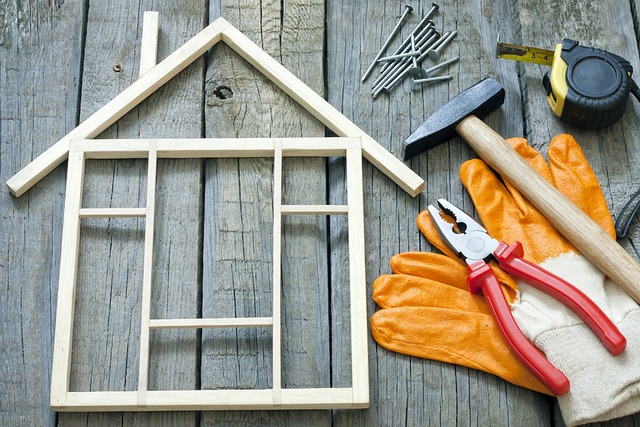
In small homes, maximizing every inch of space is key. Small home layout ideas focus on creative sol…….
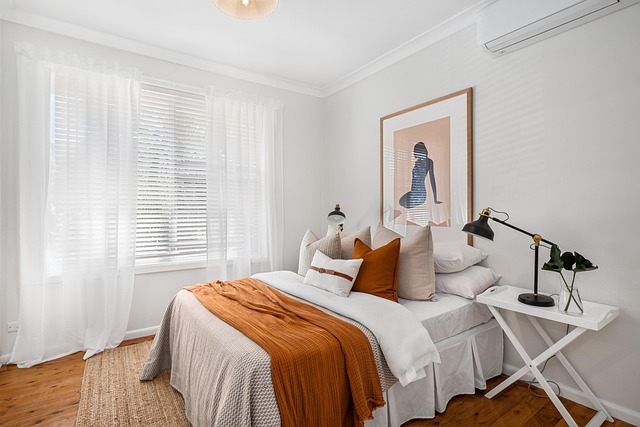
In small homes, maximizing functionality is key to creating comfort and organization. This can be ac…….

In tiny homes, achieving effective small room organization is vital for maximizing comfort and funct…….
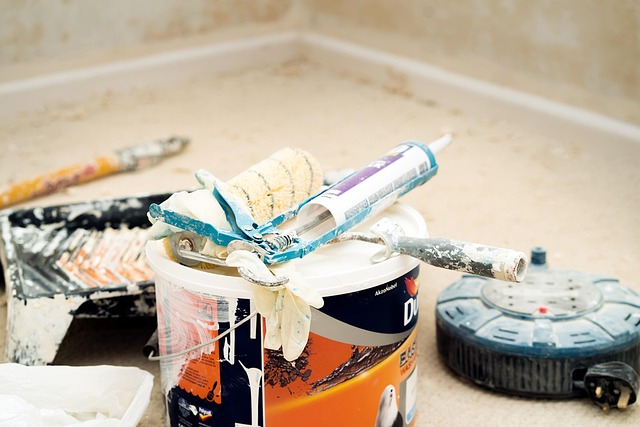
In compact living spaces, multifunctional furniture is a key solution for maximizing every inch of s…….

In small homes, maximizing wall space is crucial for enhancing functionality and creating a sense of…….

Open-concept layouts maximize small spaces by eliminating walls, allowing natural light and seamless…….
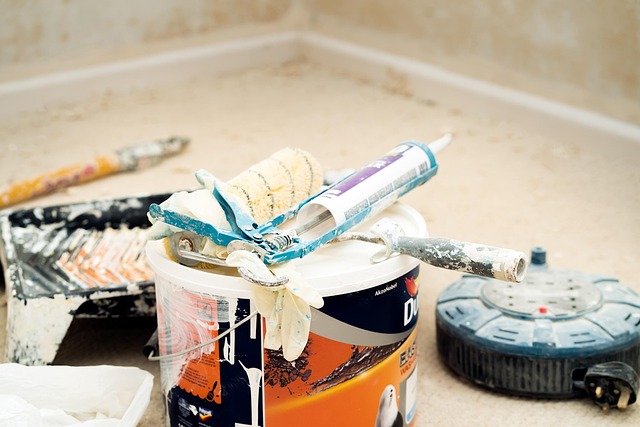
In small homes, maximizing vertical space is crucial for creating more room. Storage solutions like…….
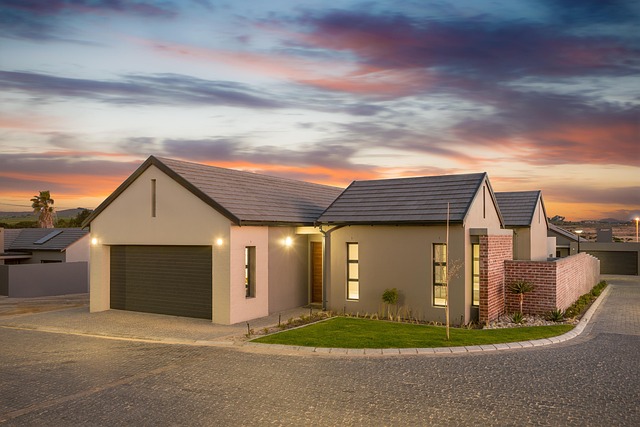
Maximizing small spaces demands strategic design, leveraging every inch for both function and aesthe…….
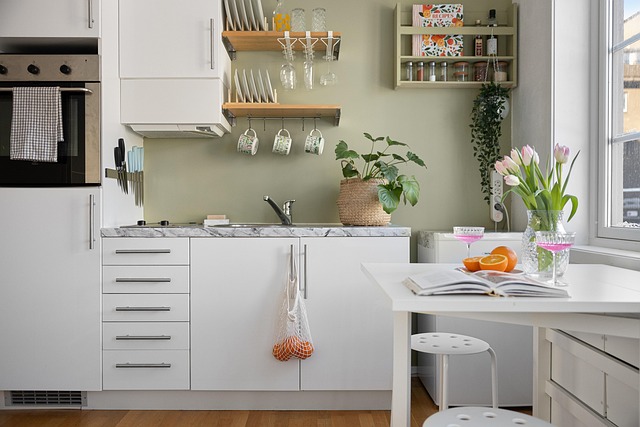
Strategically assess and plan your small space before making design changes. Start by decluttering,…….
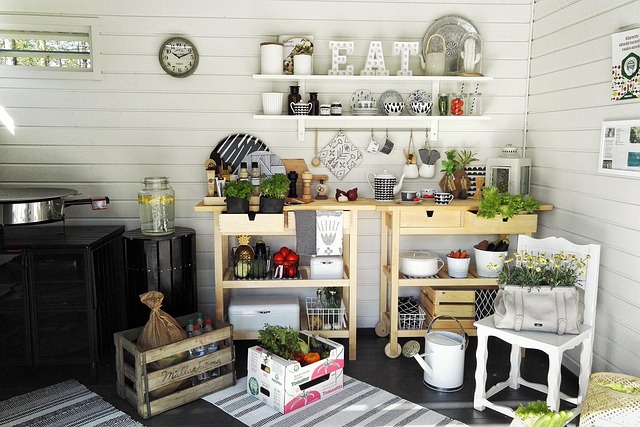
Hidden storage solutions maximize small spaces by integrating discreet compartments into furniture a…….